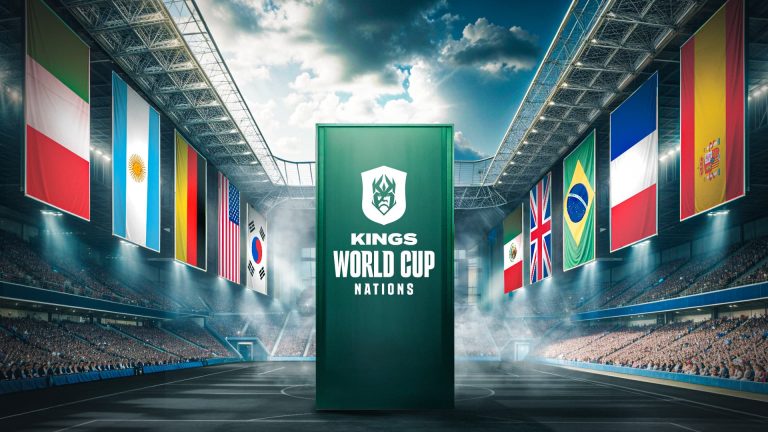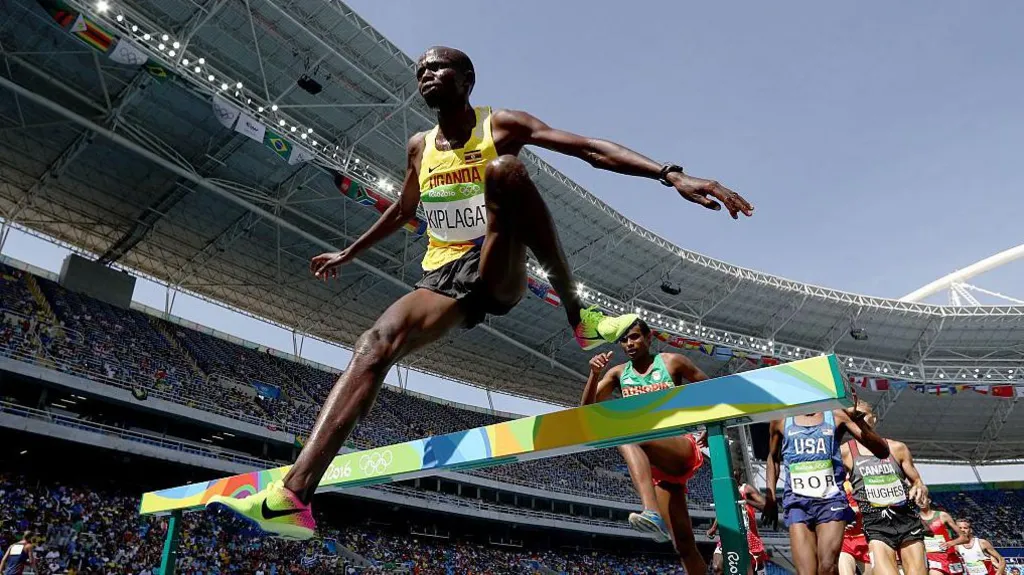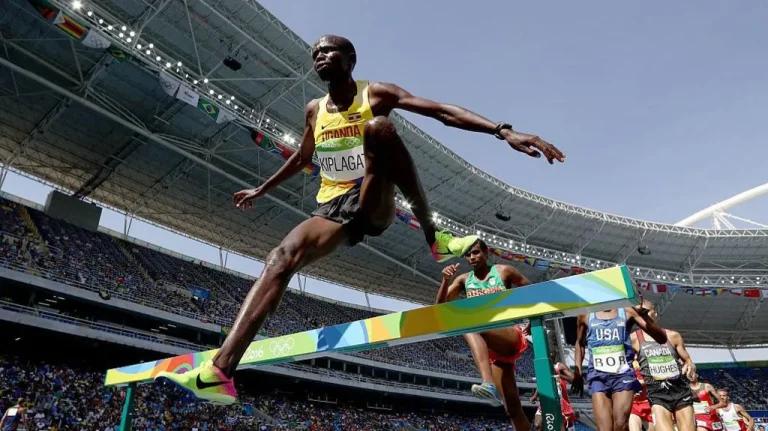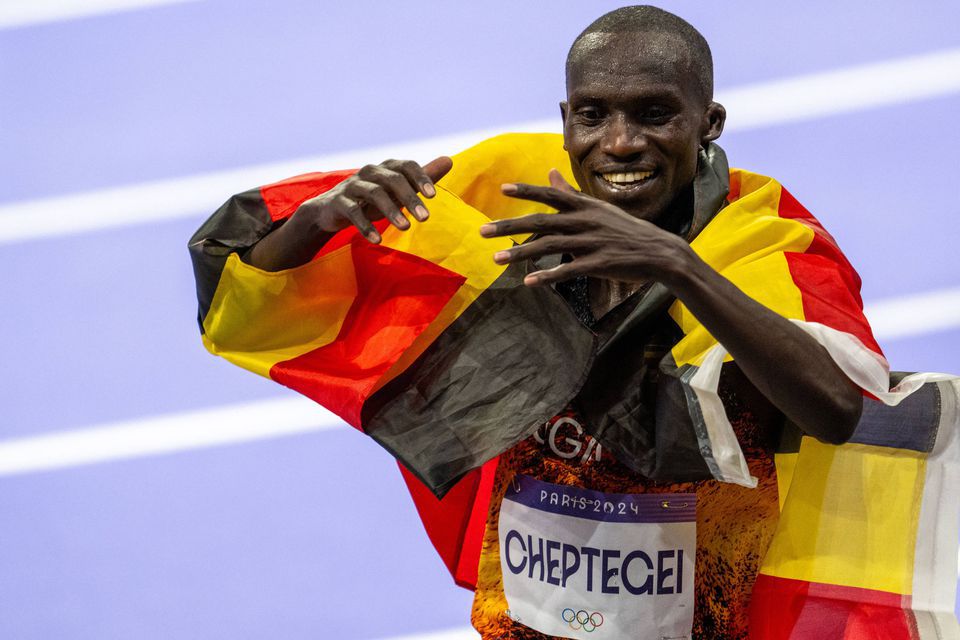Kings League World Cup Nations 2025: How It Works and Key Dates

The Kings League World Cup 2025 is a reimagining, combining the fast-paced excitement of seven-a-side events with the spirit of international football, not merely another football tournament. Held in Italy, a country passionate about football, this is an event destined to become among the most awaited in modern sports. Kings League World Cup Nations will definitely captivate viewers everywhere, from creative rules down to star-studded players.
What Is the Kings League World Cup Nations?
The Kings League World Cup Nations is a fresh addition to the Kings League brand, conceptualized by football icon Gerard Piqué. Unlike traditional football tournaments, this competition emphasizes national representation on a seven-a-side stage. It blends the grandeur of the FIFA World Cup with the unique, creative format of the Kings League.
Key Differences from Other Kings League Competitions
This edition stands out from previous Kings League events for several reasons:
- National Teams Over Clubs: While past competitions like the Kings League World Cup 2024 in Mexico featured club teams such as Porcinos and Stallions, the 2025 iteration brings together national teams. Countries like Italy, Spain, and Argentina will represent their footballing prowess on the global stage.
- Global Inclusivity: The shift to national teams broadens the appeal of the competition, allowing more diverse participation from around the world.
- Innovative Rules: Signature features like special cards, presidential penalties, and double-point goals ensure matches are unpredictable and exhilarating.
By focusing on nations rather than clubs, the Kings League World Cup Nations captures the essence of international rivalry, providing fans with a new way to experience their love for the game.
When and Where Will the Kings League World Cup Nations Take Place?
The Kings League World Cup Nations 2025 will unfold in early January, offering an action-packed start to the new year.
- Dates: The tournament kicks off on January 1, 2025, with the final match scheduled for January 12, 2025.
- Location: The host city is Turin, Italy, a place steeped in football history. The matches will be played at the iconic Allianz Stadium, home to Juventus, one of Italy’s most celebrated football clubs.
Why Turin?
The selection of Turin as the host city was deliberate. The choice emphasizes Italy’s love of football and its reputation as host of famous events. Inspired by Italy 1990, the tournament organizers aimed to replicate the joyful atmosphere of that event while adding a contemporary spin.
Format and Features of the Kings League World Cup Nations 2025
The Kings League is renowned for their original football style, and this event is no different. The seven-a-side format is meant to offer quick-paced, high-scoring games that keep supporters on the tip of their seats. But the creative elements of this event really distinguishes it:
- Special Cards: These strategic elements allow teams to introduce game-changing dynamics, such as awarding a penalty or increasing player numbers temporarily.
- Presidential Penalties: Capturing the dramatic flair of penalty shootouts, this rule lets team presidents influence the game in unique ways.
- Double Goals: Certain moments in a match can double the value of a goal, making every second count and encouraging risk-taking strategies.
- Condensed Schedule: The entire tournament takes place over 12 days, ensuring a packed calendar of matches that keeps the excitement flowing.
These features, combined with the talent and skill of the players, promise to deliver an unparalleled viewing experience.
Which Nations Will Compete?
Sixteen countries will be competing for the grand prize in the 2025 event. Eight teams have so far qualified; the remaining seats will be occupied in the next months:
- Italy: As the host nation, Italy will aim to leverage home advantage to claim the trophy.
- Spain: The birthplace of the Kings League and a consistent powerhouse in football.
- Argentina: Known for its passion and talent, Argentina is a strong contender.
- Saudi Arabia: A rising force in football, bringing flair to the competition.
- Colombia: Known for their skillful and creative style of play.
- Japan: A nation with a growing presence in international football.
- Morocco: A team that embodies resilience and tactical brilliance.
- Mexico: A fan favorite, bringing energy and determination to the tournament.
The addition of eight more teams will further enhance the tournament’s global appeal, creating opportunities for underdog stories and fierce rivalries.
Why the Kings League World Cup 2025 Is a Game-Changer
The Kings League World Cup Nations isn’t just another football tournament—it’s a redefinition of how the sport can be played and enjoyed. Here are a few reasons why it stands out:
- Global Appeal
The transition to national teams allows fans from around the world to rally behind their countries, fostering a deeper connection to the competition.
- Fast-Paced Format
The seven-a-side structure ensures shorter matches packed with action, making the tournament more engaging for modern audiences.
- Innovative Rules
Features like special cards and double goals introduce an element of unpredictability, ensuring no two matches are the same.
- Cultural Celebration
The event honors the worldwide aspect of football by including teams from all over under one logo, therefore uniting supporters.
What to Expect at the Allianz Stadium
The Kings League World Cup Nations will find the ideal setting at the Allianz Stadium. Renowned for its modern conveniences and electric environment, the stadium has hosted many unforgettable events:
- Pre-Match Festivities: Including music, light shows, and fan engagement activities.
- World-Class Football: Featuring top players from across the globe.
- Post-Match Celebrations: Highlighting the spirit of unity and sportsmanship.
How to Follow the Action
Fans can stay updated on the Kings League World Cup Nations through various platforms. Key highlights include:
- Live Broadcasting: The matches will also be broadcast on-screen as well as online.
- Social Media: Keep up with the Kings League on various social media platforms, including Instagram, Twitter, and YouTube, for all behind-the-scenes content to keep up with the live updates of the league.
- Official Website: It will provide schedules, team updates, and ticket information on its official website.
The Road Ahead: Building Anticipation for 2025
The Kings League World Cup Nations 2025 is a phenomenon not only a sporting event. Fans and players both get ready for what ought to be one of the most legendary events in football as January 1 approaches.


















